News
News / 04/23/2021 / 966
André Jullien and the first classification of Serbian wines in 1822 and 1832
(Author: Aleksandar Fotić)
New info about Serbian wine regions in the second edition of Topography published in 1822
In the second updated edition published in 1822, new wine regions, vitally important for us, were introduced, whilst data concerning the wine's colour and annual production were expanded. Jullien collected significantly more bibliography, most of which he could have used for the first edition. He did not quote the bibliography used. Quest for its sources remains a major challenge.
He stated that the Austrian Empire produced 25,000,000 eimers, i.e. about 14,000,000 hectoliters of wine per year. As for Hungary itself, Jullien stated that there are about 520,000 hectares of vineyards, which yield annually 20,000,000 eimers of wine. The amount shown in Viennese eimers measures 11,320,000 hectoliters. Jullien assumes that the Viennese eimer measures 56.8 liters (40 masses of 1.42 l). It should be borne in mind that the mentioned annual wine production includes wine produced in Banat (Timisoara), but not the wines of Slavonia and Srem. He estimated that the largest amount of wine is consumed by the local population, that the value of export is estimated at more than two million French gold coins, whilst the wine is predominantly exported to Poland and Russia. He stated that there are more than sixty grape varieties in Hungary, of which thirty-five are found in Tokaj vineyards alone. All of them, he says, were brought from Greece, Italy and Asia, and the beginning of viticulture is connected to the Roman emperor Probus. Unfortunately, he didn't mention varieties typically found in Srem and Banat. These data were most probably taken by Jullien from the travelogue of Marcel de Serres, published in 1814, with the only difference that he rounded up and recalculated the figures.
The first major new info contained in this edition was the mention of Bela Crkva vineyards in Banat part of the Military Frontier. Jullien points out "highly sought after red wines from Bela Crkva" (On cite surtout comme très recherchés les vins rouges de Weisskirchen). Vršac wines are listed among a dozen Hungarian vinegrowing regions, mostly situated in central Hungary, on a par with the famous wines of Buda region. It is worth mentioning that Jullien believes that red and white wines from these vinegrowing regions have certain similarities with "good wines" from Burgundy and Bordeaux (produisent des vins rouges et des vins blancs qui ont quelque ressemblance, soit avec nos bons vins de Bourgogne, soit avec ceux du Bordelais, et qui participent de leurs qualités).
Jullien almost certainly took info about the small vinegrowing region of Bela Crkva from the travelogue written by the famous French professor, geologist and naturalist Marcel De-Serres (Quant aux vins rouges qu’on récolte dans cette province, ils sont assez estimés; l’un d’entr’eux, celui de Weisskirchen jouit même d’une grande renommée.). Although the book was published in Paris in 1814, it seems that Jullien did not have it at hand when he wrote the text for the first edition of his Topography. The text about the wines of Banat, Croatia, Slavonia and Srem, in this as well as in later editions of Topography, was largely based on De-Serres' data. De-Serres had visited some Austrian and Hungarian regions, but it is questionable to what extent he personally witnessed the situation in Slavonia and Srem. He does not hide that he used Austrian and Hungarian geographies, statistics and travelogues, and to a large extent also Von Taube's reliable work. He drew data about vinegrowing regions of Banat from Von Schwartner and Demian's geographical statistical work. Von Schwartner noted as early as 1798 that "reds from Bela Crkva and whites from Lugos are better and healthier wines than wines from Vršac", which he then repeated first in 1809 and afterwards in the French translation in 1813 as well (der Weisskirchner rothe, und der Lugoscher weisse Wein, übertreffen den Werschetzer an Güte und Gesundheitskraft; le Weisskirchen rouge et le Lugosch blanc sont meilleurs et plus sains que les vins de Werschetz).
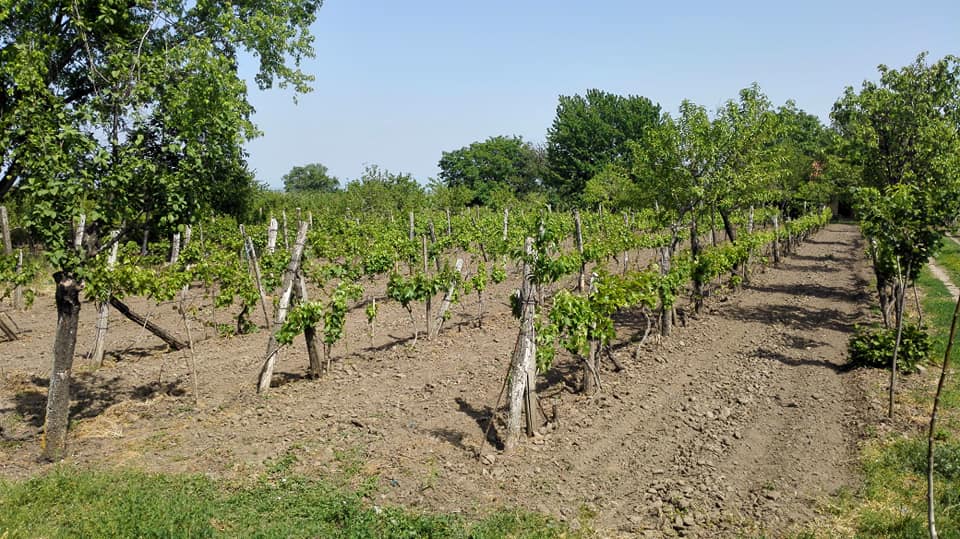 Vineyards of Bela Crkva nowadays
Vineyards of Bela Crkva nowadays
Slavonian and Croatian wines are divided into two separate sections. He presented data that in Slavonia, which includes Srem, there are 10,396 hectares of vineyards that give 150,290 hectoliters of wine (i.e. 266,000 eimers). He reported the area in hectares from De-Serres' travelogue, but without mention of the surface in morgens (18,169 arpents). Unfortunately, he didn't report other data: for example, vineyard surface in Petrovaradin section of the Military Frontier: 3,818 hectares (6,640 morgens), as well as some other news about the annual production. De-Serres seems to have recalculated the surface and quantity himself. Obviously, his morgen equalled 1,600 square klafters (1 square klafter equals 3.6 square meters). Data concerning total production of 266,000 eimers in Slavonia refer to the territory excluding the Military Frontier. This data was also available in French in Demian's Statistics (1809). However, De-Serres did not literally report it, although he relied heavily on Damian's quotes in his work. Apparently, Jullien himself did not use Demian's work. He would have hardly skipped the chance to mention numerous other important and valuable data about Srem and Banat. For example, the figures above indicate an average production of about 14 eimers of wine per morgen in the entire territory of Slavonia with Srem, excluding the Military Frontier. We are deprived of data on wine production in Sremski Karlovci and Petrovaradin, where the average amounted to 20 eimers, in the vinegrowing region of Vršac (as a whole) about 6 eimers, and an extraordinary high yield in Bela Crkva reaching 40 eimers per morgen! Of course, yields varied drastically from year to year for many reasons, most often climatic.
As far as Slavonian wines are concerned, the fame of Sremski Karlovci wines in the new edition is shared by the wines from Požega "pleasant taste and quite alcoholic, without the possibility to last longer than five or six years" (Les meilleurs se récoltent dans le comté de Posega; ils ont un goût agréable et beaucoup de feu; mais ils ne se conservent pas-plus de cinq à six ans.). He also changed the text about Sremski Karlovci: "The surroundings of Sremski Karlovci, Petrovaradin and Zemun, as well as most other areas of the Military Frontier, produce a lot of wine, among which those from Sremski Karlovci are particularly esteemed. They are red, full-bodied and with high alcohol level "(Les environs de Karlowitz, de Peterwaradin, de Semlin, et plusieurs autres districts des frontières militaires, fournissent beaucoup de vins, parmi lesquels on estime particulièrement ceux de Karlowitz; ils sont rouges, ont beaucoup de corps et de spiritueux.). No more comparisons with Montepulciano. He took the data about the longevity of Sremski Karlovci wine directly from De Serres, who originally quoted Von Taube. It is a pity that De-Serres failed to take a few more sentences from Von Taube's characteristic description of Sremski Karlovci wine, including the "dark red" color (dunkelrothe), as well as information about Bermet Kapljaš (Tropf-Wermuthwein).
The classification of vinegrowing regions and wines of the Austrian Empire at the end of the chapter does not bring significant changes, except for the fact that he transferred some Croatian and Istrian wines to a higher second class, next to wines of Sremski Karlovci and a few other Austrian wines.
The text about the vinegrowing regions in the European part of the Ottoman Empire, as far as Serbia, Bosnia, Ottoman Dalmatia, Dubrovnik and Macedonia are concerned (within the borders defined by Jullien) has not changed.
In the general classification of foreign wines, in the category of sweet wines with a high percentage of alcohol, wines of Sremski Karlovci and Srem in the third class are joined by wines from Šibenik. In the category of semi-sweet and dry wines, Sremski Karlovci wines that were retained in the second class were still the best rated. This time, Sremski Karlovci were explicitly mentioned, so there left no doubt about its rank in the first edition. This class also includes wines from several other unnamed vinegrowing regions of "Lower Hungary". The third class is the most numerous. Wines from Sremski Karlovci were placed next to wines of Vršac (not a mistake, this refers to weaker wines from the same vinegrowing region), as well as some Istrian, Croatian and Požega vineyards.
Modest in size, but important updates for us in the third edition of the Topography from 1832
Immediately after receiving the prestigious award of the French Academy of Sciences, André Jullien died of cholera in Paris in November 1832. The third edition has been completely revised and significantly supplemented with new data, primarily on German, Russian, some Turkish, Greek, Asian and American wines. Unfortunately, the text about wines of Srem, Slavonia, Dalmatia, Dubrovnik, Bosnia and Herzegovina remained almost untouched.
For Srem wines, he added a historical remark - that the vineyards were destroyed during the Battle of Mohács in 1687. (This battle is better known as the Battle of Harsány Mountain, not to be confused with the first, far more famous Battle of Mohács in 1526). The vineyards of Srem certainly suffered greatly during the Holy League War (1683–1699), waged between the Habsburg Monarchy and the Ottoman Empire, because the war operations in that area lasted for ten years, with short interruptions. Even afterwards, Srem region split by the border was burdened with extreme insecurity on both sides of the border. A new, rather elaborate assessment of Srem wines is given: "sweet red wine is made with full body, high alcohol and plentiful aromas, very pleasant taste (On y fait un vin de liqueur rouge qui a beaucoup de corps, de spiritueux, de parfum et un goût fort agréable).. He then repeated sentences about wines of Sremski Karlovci from previous editions.
As ten years earlier, in the previous edition, Jullien says that red and white wines similar to good French wines are made in Banat, Timișoara. In the first place, this refers to wines of Vršac, but also to red wines from Bela Crkva. The only new info is the data about 2,440 hectares of vines and production of 50,000 hectoliters of wine.
Following the review of wines from Croatia, he noted that large quantities of brandy known as sliwonitza (sic!) are made there. In previous editions, Jullien does not mention plum brandy anywhere, although it is highlighted in all the works he used, without exception. The error in the name of brandy is unnecessarily repeated in both latter posthumous editions. The first notion was that it was a typographical error, or a clumsy reading of the source written in Gothic alphabet, because plum brandy is rightly mentioned as sliwowitz in countless Austrian books of that period. Thanks to this distinct inadequate term, I managed to trace Jullien's source, the travelogue of Marcel De-Serres. The wrong term was first used by this famous French geologist. He obviously considered this term was the original name of the brandy because he repeated it several times. None of his sources that I was able to track down misspell the name of brandy.
The classification of wines of the Austrian Empire didn't undergo any major reorganization. In the category of red and white wines, he mentions Srem wines as the first on the list of second class wines. No Austrian wine deserved to be ranked in the first class. He clarified that among Srem wines, "majority of red wines and occasional white wine" was ranked in the second class. Vršac kept its position in the third class. Significant progress has been made in the category of sweet wines: Ausbruch of Srem was ranked in the top-notch competitive second class. I must point out that in this edition sweet wines of Srem were named Ausbruch for the first time, and they were the only ones in the classification. It's interesting that Malvasia from Koločep found its place in that second class, ranked better than all sweet wines of North Italy (vino santo).
|
Auspruh and Ausbruh (Germ. Ausbruch, commonly termed Auspruch outside German bibliography, in Serbian also called Suvarak, Suškovo vino, Samotok), expensive quality sweet wine made from late harvested grapes, botrytized and dried after picking. Dried grapes, separated from stems, are crushed and stomped and then either good wine or fresh/cooked must is poured over them. There are many methods of making sweet wine. To a large extent, quality depended on how much pure essencia is obtained from dried grapes prior to stomping, which is the same method used in production of Tokaji wines. The term Auspruh became a commonplace worldwide because the second ranked and widely known category of Tokaji wines was called accordingly in the 18th century (ranked after essencia, but higher than maslaš/máslás). In our region, Auspruh of Sremski Karlovci excelled in quality, which might be attributed to the fact that essencia wasn't extracted prior to pressing. Existing sources and bibliography available in Serbian, but also in other languages, suggest that the term Auspruh was most frequently used to denote the best quality sweet wine made from dried grapes, in the generic sense, without any reference to the method of production. Hence, the term didn't refer to the method of producing Tokaji wines, known at least since the beginning of 18th century. |
 Botrytis cinerea ( © Wikipedia)
Botrytis cinerea ( © Wikipedia)
The text about Serbia has a short appendix. In addition to „the most important vineyard plots in the vicinity of Belgrade“, he mentions „also large vineyard areas in the vicinity of Priština, 23 leagues [92 km] southwest of Niš“ (Les principaux vignobles sont dans les environs de Belgrade, on en trouve aussi de fort étendus dans les environs de Pristina, à 23 l. S.-O. de Nissa).
The border of autonomous Serbia in those days was stretching until Ćuprija and Varvarin. Jullien is obviously observing Serbia in a medieval context. This is the approach that prevailed in the European geographical literature of the 18th and 19th centuries. It is sufficient to examine any of the dozens of different geographical dictionaries and encyclopedias, published in the decades when André Jullien was writing his masterpiece. How did Jullien learn about vast Kosovo vineyards, within ten years' period between the second and the third edition of the book? Most probably, he took the information from the travelogue written by the French diplomat Felix de Beaujour, published in 1829. Describing Kosovo plain, Beaujour mentioned that "vines appear in all well-protected places" (et des plants de vigne se montrent dans tous les lieux bien abrités). The same author only confirmed Jullien's earlier claims about the vineyards around Belgrade: "The entire right bank of the Danube, from the mouth of the Sava to the Morava, is elevated and adorned with hills, which yield excellent wine: it is Mons Aureus or the Golden Hill of Moesia" (Toute la rive droite du Danube, depuis l’embouchure de la Save jusqu’à celle de la Morava, est élevée et couronnée de coteaux, qui produisent un excellent vin: c’est le mons aureus ou le mont d’Or de la Moesie).
Unlike the previous two editions, the third one also classified Turkish wines. Red Serbian wines from Belgrade and Priština, like most wines from the Balkan areas of the Ottoman Empire, were classified in the fourth class. No wine deserved the first class, while the wine of Chios was the only wine ranked in the second class. The first spot in the third class is occupied by Moldovan vinegrowing region (Cotnari), several Albanian and one region from Epirus, Creta, Cyprus, Lebanon and Syria respectively.
General classification of foreign wines is given according to a different pattern than in previous editions. Sweet wines are the last, not the first category. (Their hitherto untouchable popularity is slowly supressed by dry wines thanks to development of technology.) The first entity contains "red wines that are not sweet". Only one Portuguese wine deserves first class. The second class of this entity therefore gets even more importance. As in previous editions, it includes Srem wines (Sremski Karlovci is not mentioned by name). No other Croatian, Istrian, Slavonian or Dalmatian wine was classified there. The third class contains weaker wines from the vinegrowing regions mentioned in the second class, which means that there is room for Srem wines as well. Along with them, there are also Vršac wines. The fourth class contains even weaker wines from the vinegrowing plots mentioned in the previous, higher classes (the term cru is used here, unlike vignoble in previous editions), which means that certain Srem wines could also be categorized as such. This edition of the book is the most important for Serbia so far. Wines from Serbia were classified for the first time. The fourth class contains wines "from Belgrade and Priština in Serbia".
The second entity is the classification of white wines. Only in the third class there is room for Vršac wines exclusively. Srem wines are not mentioned in the fourth class either.
In the second category, sweet wines, both red and white, were assessed. Red Auspruch from Srem and Malvasia from Koločep were ranked in the high second class, which is a substantial shift in quality. The third class contains some sweet wines from Istria and Dalmatia. One can only guess what wines could be ranked in the fourth class because Jullien didn't want to deal with these.
Serbian wine scene in translations and posthumous editions of Topography
Following the new great success of the second supplemented French edition, the English edition also appeared in 1824. It has been shortened to almost a third of the original. The publisher did not find it worthwhile to mention Serbia. However, he did not leave out Srem and Banat vinegrowing regions.
Unlike the English, the German edition published in 1835 is a translation, so it brings info about the "province" of Serbia. The translation is based on the third French edition, the last one signed by the author himself.
The first posthumous edition of Topography, pusblished in 1848, does not differ from the previous edition. The cover page of the subsequent edition from 1866 testifies that another Jullien, most likely a son, took care of the book. The same page warns us that this edition has been edited, corrected and supplemented. However, there are almost no new data that would result in change of already established views about Serbian wines.
The figures concerning annual wine production in the Austrian Empire have been updated. The quantities of wine mentioned in the 1822 edition, later only copied, of 25,000,000 eimers and 14,000,000 hectoliters, have been replaced by new data: more than 40,000,000 eimers, or about 23,300,000 hectoliters (this time it is considered that 1 eimer equals 58 l). The total surface of vineyards is also given: 1,275,736 morgens (58.56 ares each).
Other statistical date have been updated as well. It is stated that Hungary with Banat included has 584,776 morgens under vineyards, Croatia and Slavonia (which means the largest part of Srem as well, 57,124 morgens, whilst the Military Frontier 49,850 morgens). A total of 27,000,000 Viennese eimers of wine were produced annually. In this edition, there are no changes in the classifications of Srem , Banat and Serbian wines.

Tomislav Ivanović
Awarded wine writer, wine critic and contributor to selected wine magazines. WSET3-certified author and editor-in-chief of www.vinopedia.rs. Member of Vojvodina Sommelier Association. Juror in national and international wine competitions. Lecturing about wines of Serbia and the Balkans. Local partner of Wine Mosaic organization. Co-founder of International Prokupac Day.

Pročitajte i druge članke iz ove rubrike:


SPASIMO STARE VINOGRADE SRBIJE
PROČITAJ VIŠE
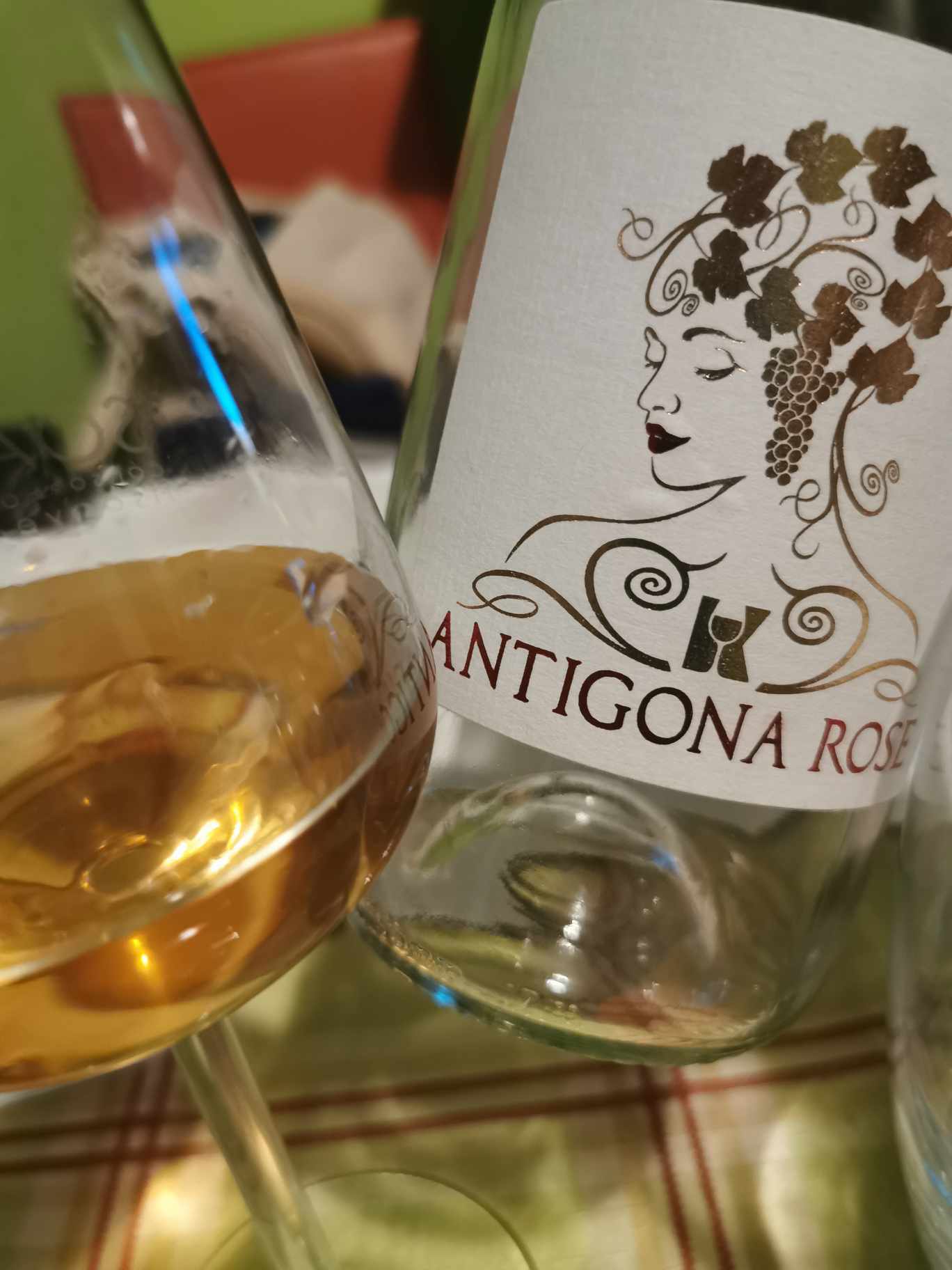

NAŠLI SMO ANTIGONU IZ ORAHOVCA
PROČITAJ VIŠE
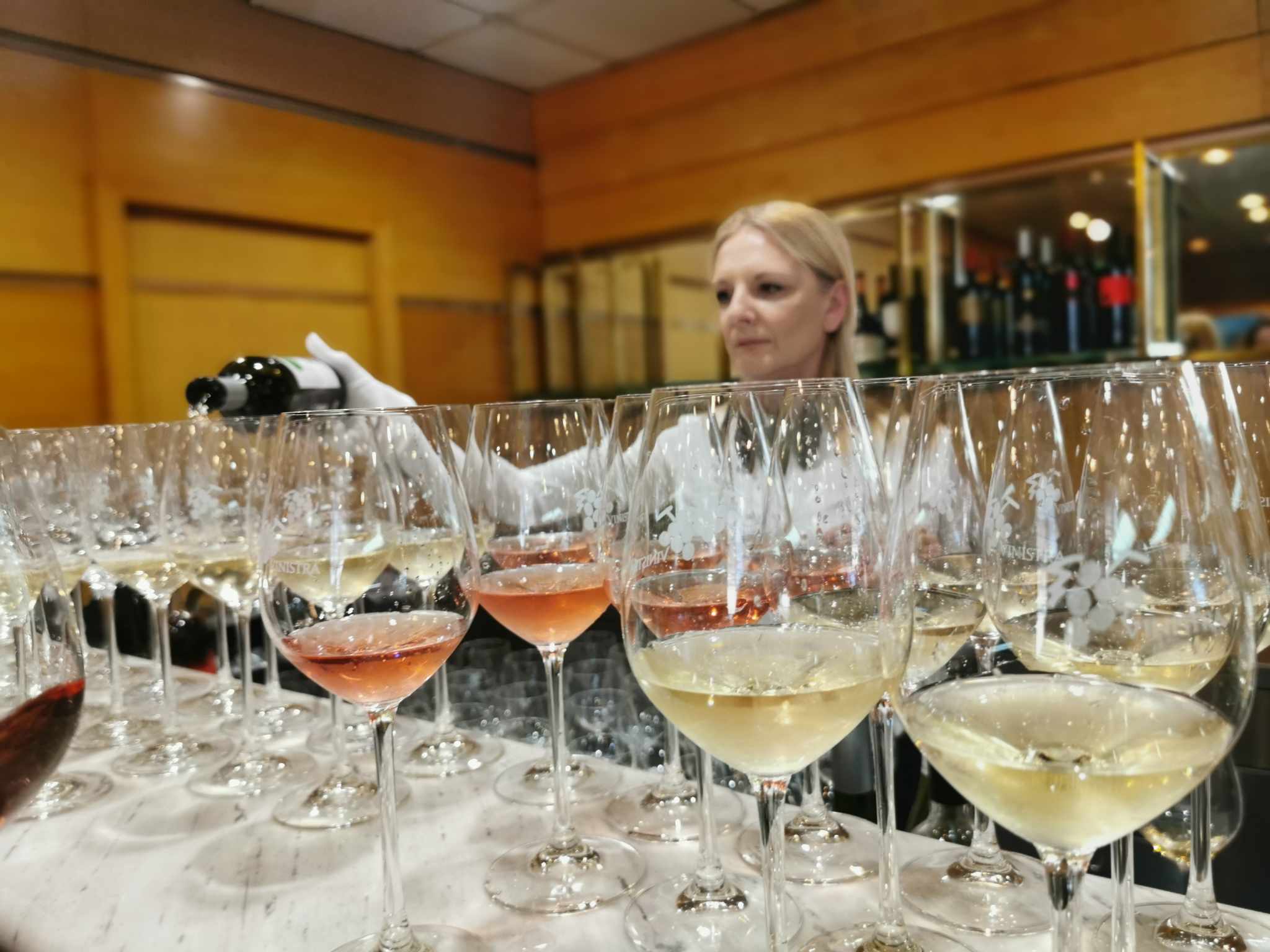

SRPSKO VINO KOŠTA 100 EUR - I ŠTA ĆEMO SAD?
PROČITAJ VIŠE
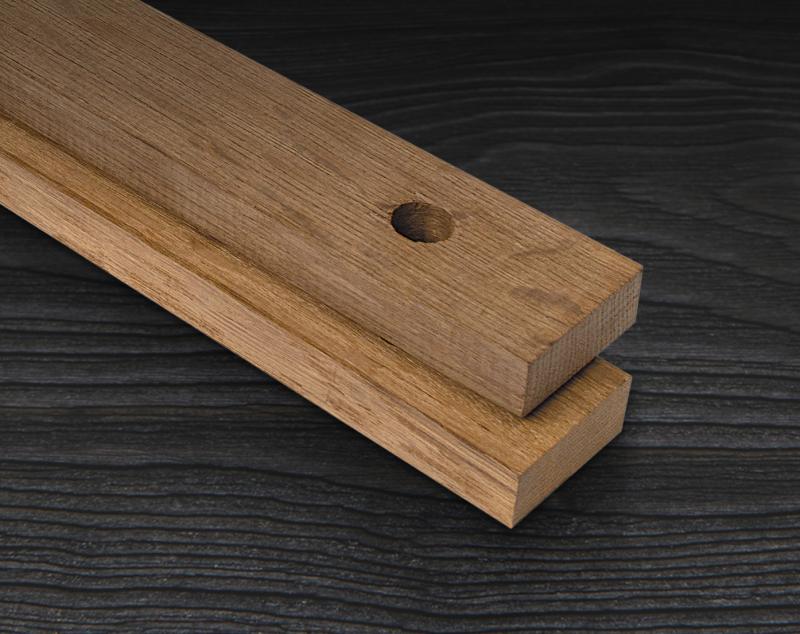

MOŽE LI VINO BEZ BURETA? IMA LI ALTERNATIVE?
PROČITAJ VIŠE
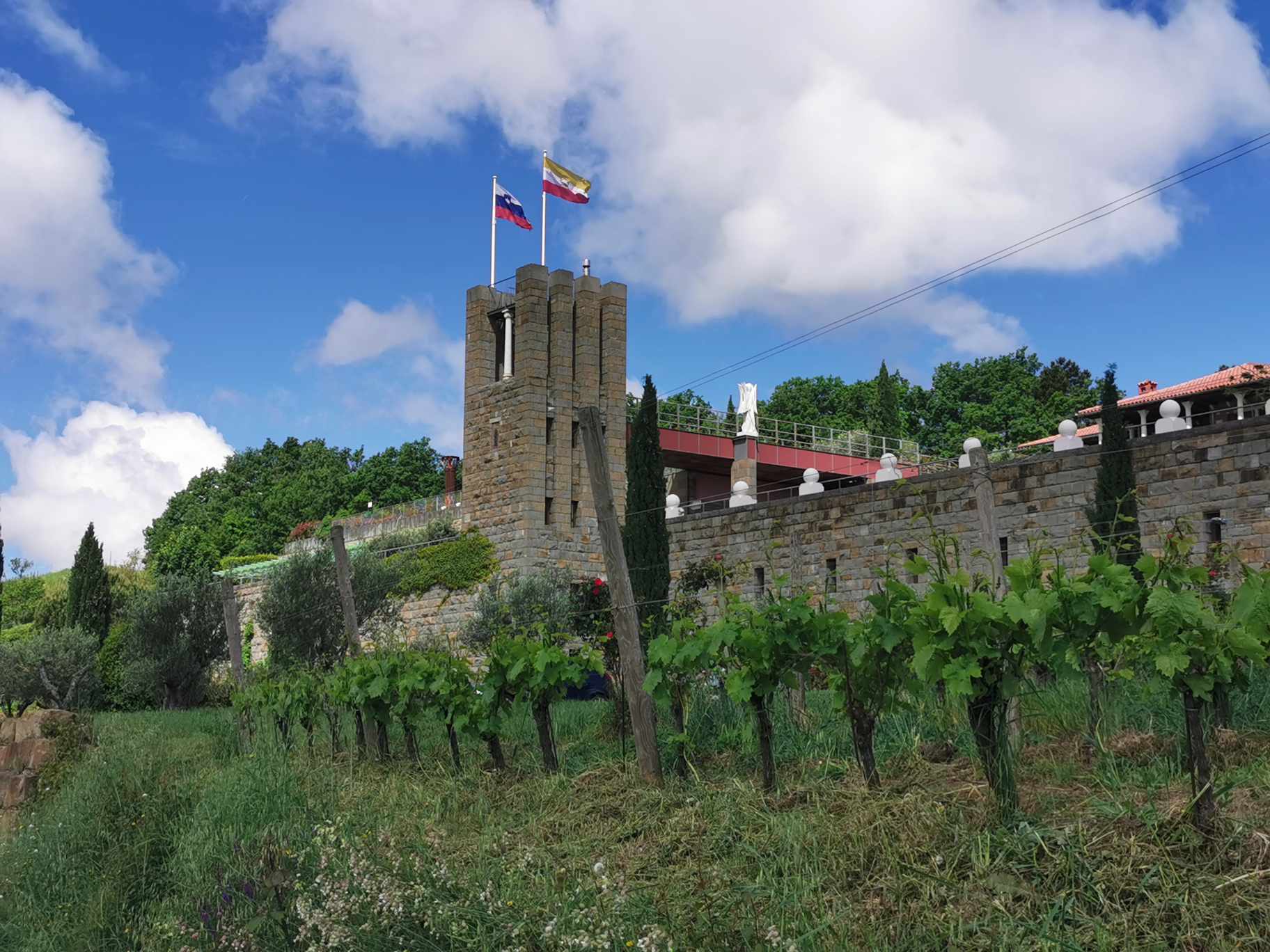

SANTOMAS - CRVENA VINA ISTRE
PROČITAJ VIŠE
Winner MILLESIMA BLOG AWARD 2016

Pobednik MILLESIMA BLOG AWARD 2016
VINO & FINO wine personality of the year 2016

VINO & FINO vinska ličnost godine 2016